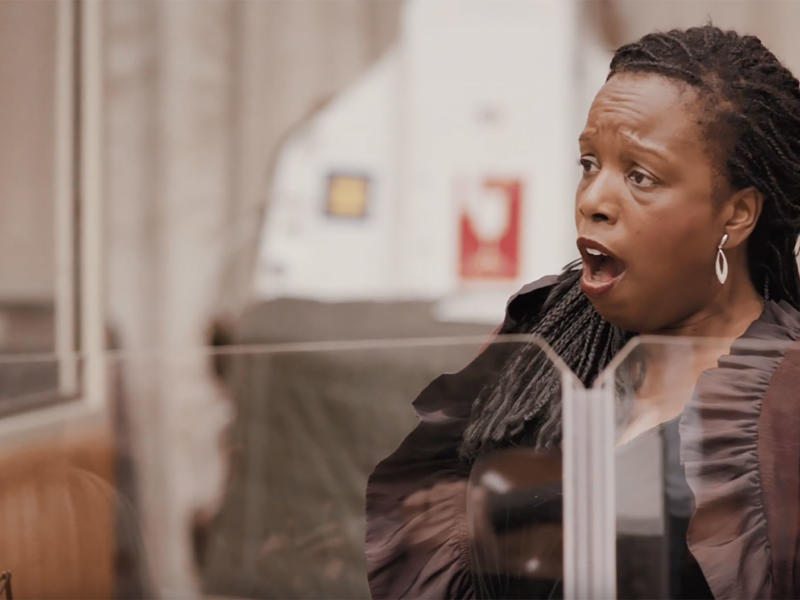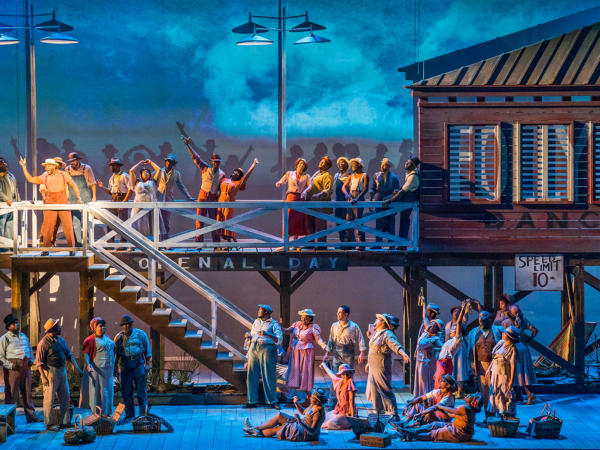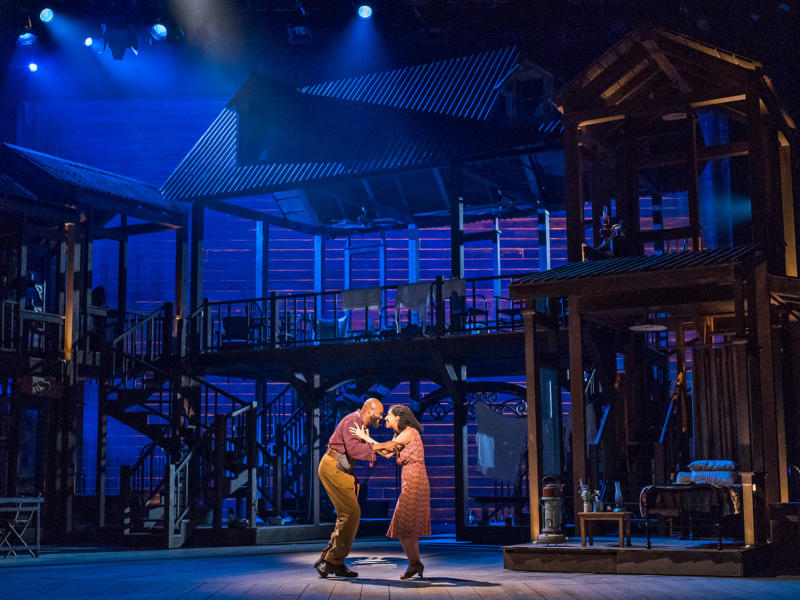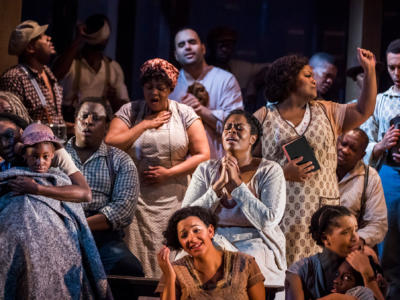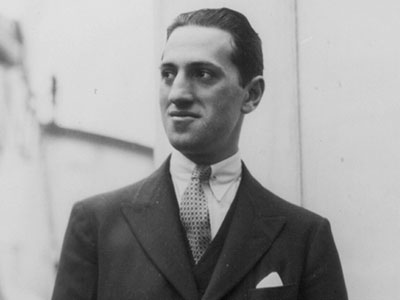
George Gershwin
(born Brooklyn, New York 26 September 1898; died Hollywood, California 11 July 1937)
George Gershwin was one of leading American composers in the first part of the twentieth century, whose compositional career began in Tin Pan Alley, progressed through the theatres of Broadway and the concert halls of the United States, and ended in the starry heights of Hollywood in its glory years.
He created a body of work, both popular and classical, that is still widely performed and admired today.
Gershwin 's Musical Style
Early on, Gershwin had absorbed jazz into his musical idiom, which, together with the influence of African-American music, was to enrich his stage and concert works. His first piece purely for the concert hall, Rhapsody in Blue. It was written to show that jazz-based material could sustain long stretches of music; its success with audiences and critics alike lifted Gershwin’s reputation to celebrity status.
In the 1930s, he and his brother and closest artistic collaborator, Ira, spent time in Hollywood, writing for film musicals, and Gershwin also invested considerable energy into studying with a succession of teachers including the highly respected American composer Henry Cowell. Gershwin was a friend of the composer Arnold Schoenberg (they were Hollywood neighbours), who spoke highly of his gifts, and the two often played tennis together.
Further concert works emerged, including a Piano Concerto (for himself as soloist) and An American in Paris, alongside musical comedies.
In the mid 1930s, Gershwin composed what he regarded as his magnum opus: the ‘American folk opera’ (Gershwin’s billing), Porgy and Bess, a full-length opera set among the community of ‘Catfish Row’, in Charleston, South Carolina. Full of memorable numbers – of which the most famous is ‘Summertime’ – what turned out to be his final, ambitious stage work was a financial failure. Over 80 years later, Porgy and Bess is recognised as his enduring masterpiece for the stage, and a key work in the history of American lyric theatre.
Gershwin 's Life
Gershwin was born to Russian-Jewish immigrant parents who made their home in New York in the 1890s.
Aged 12, he began piano lessons and was soon recognised to possess a remarkable talent. While receiving a thorough grounding in classical music (including lessons in harmony, counterpoint and orchestration), Gershwin was much drawn to the popular music of the day: the works of Jerome Kern and Irving Berlin, in particular.
Hired as a staff composer by one of the leading publishers for the Broadway stage, Gershwin never looked back after publishing his first song in 1918. He was one of the leading figures in Broadway musical theatre throughout the 1920s, relishing the public spotlight and his celebrity status.
By 1930 he had composed more than 20 complete shows, many with lyrics by Ira. Among the best known are Lady, be Good! (1924), Strike Up the Band (1927) and Girl Crazy (1930).
His death, aged 38, following an operation for a suspected brain tumour was an unexpected and shocking blow, the more so when Gershwin was clearly at the height of his powers and on the verge of new directions in his music. Had he lived a normal lifespan, the course of American music might have been very different.
Gershwin 's Music: Where to Start
Notable Operas
- Rhapsody in Blue (orchestra, 1924)
- Piano Concerto (1925)
- An American in Paris (orchestra, 1927)

